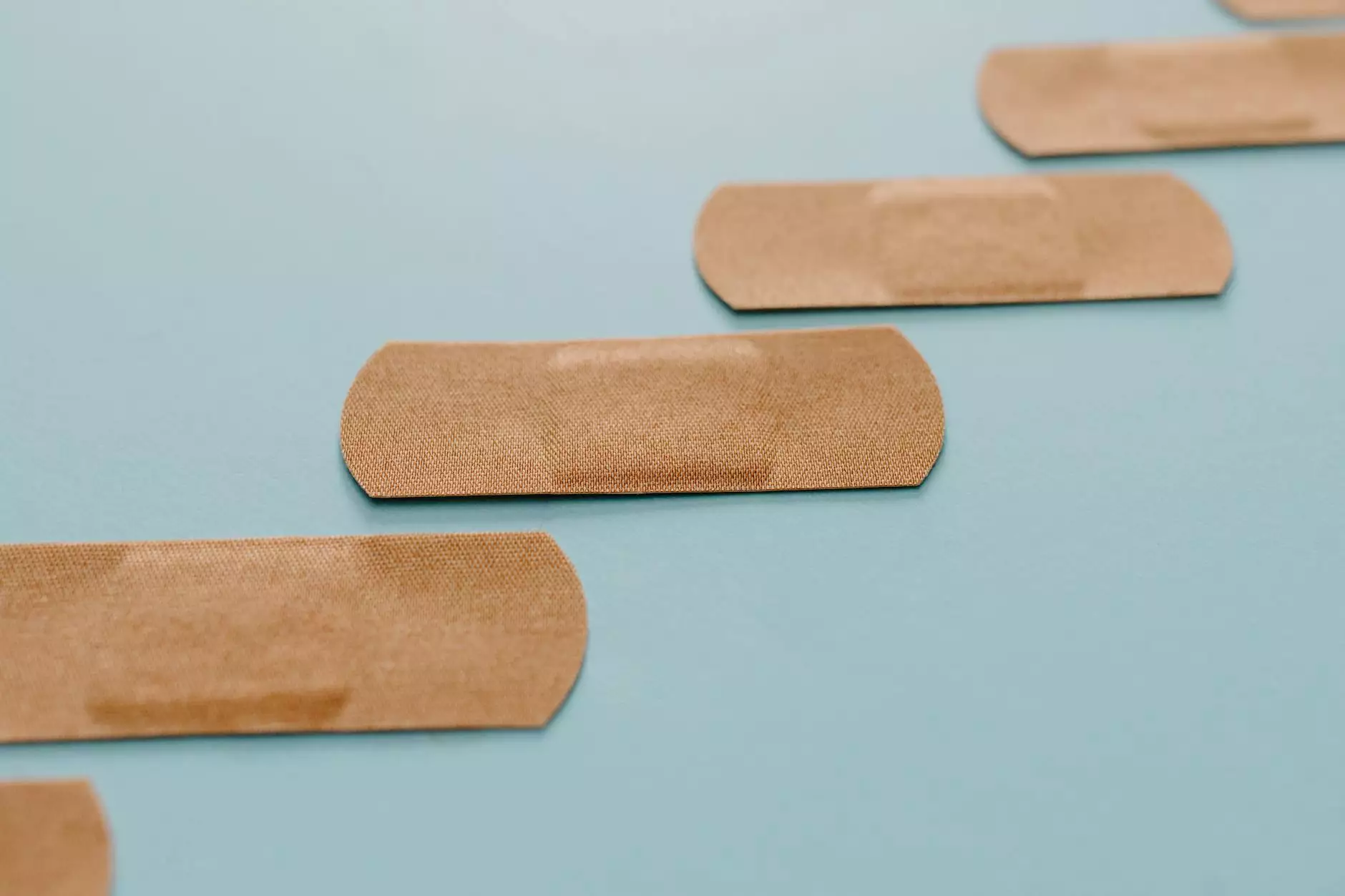Patellar Subluxation (Partially Dislocated Kneecap)
Blog
Welcome to Regency Square Care Center's information page on patellar subluxation, a condition that affects the alignment of the kneecap. Our dedicated team of experts in geriatric and aging care is here to provide you with comprehensive information and support regarding this condition.
Understanding Patellar Subluxation
Patellar subluxation occurs when the kneecap partially dislocates from its normal position. It often causes pain, discomfort, and instability in the affected knee. This condition is more prevalent among older individuals, especially those who experience degenerative changes in their joints due to aging.
Some common causes of patellar subluxation include:
- Direct trauma to the knee
- Muscle imbalances or weakness
- Abnormalities in the structure of the knee joint
- Improper alignment of the muscles and tendons around the kneecap
Symptoms and Diagnosis
Patellar subluxation can cause various symptoms, including:
- Pain and tenderness around the kneecap
- A sensation of the knee giving way or "popping out"
- Swelling and inflammation
- Difficulty walking or performing activities that require knee movement
- Stiffness in the knee joint
If you are experiencing any of these symptoms, it's important to seek medical attention. A healthcare professional will perform a thorough examination, which may include:
- Reviewing your medical history and symptoms
- Physical examination of the knee, including range of motion and stability tests
- Imaging tests such as X-rays or MRI to assess the extent of the injury
Treatment Options
The treatment for patellar subluxation depends on various factors, including the severity of the condition and the individual's overall health. At Regency Square Care Center, our experienced team will tailor a treatment plan to your specific needs. Some common treatment options include:
- Non-surgical approaches:
- Physical therapy to strengthen the surrounding muscles and improve alignment
- Bracing or taping techniques to provide support and stability
- Activity modification and rest to reduce stress on the knee
- Surgical interventions:
- Arthroscopic procedures to repair damaged tissues or correct any mechanical abnormalities
- Reconstructive surgery for severe cases or recurrent episodes of subluxation
Prevention and Management
While patellar subluxation may not always be preventable, there are steps you can take to reduce the risk of developing or exacerbating this condition:
- Maintain a healthy weight to minimize stress on your joints
- Engage in regular exercise, with a focus on strengthening the muscles around the knee
- Use proper techniques and protective gear when participating in sports and physical activities
- Follow your healthcare provider's instructions regarding activity modification, bracing, and physical therapy exercises
It's important to remember that individual cases may vary, and consulting with a healthcare professional is essential for accurate diagnosis and treatment.
Experience Specialized Care at Regency Square
At Regency Square Care Center, our dedicated team specializes in providing comprehensive geriatric and aging care services, including the treatment and management of conditions like patellar subluxation. Our compassionate and experienced professionals are committed to ensuring your well-being and assisting you in achieving optimal health and mobility.
Contact us today to schedule a consultation and learn more about our personalized treatment plans tailored to your individual needs.




